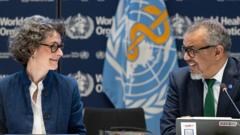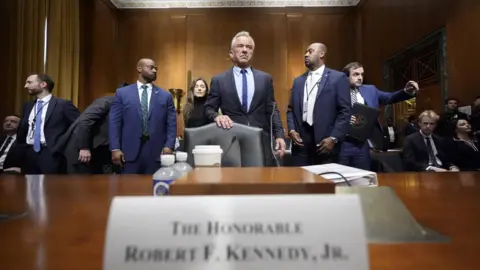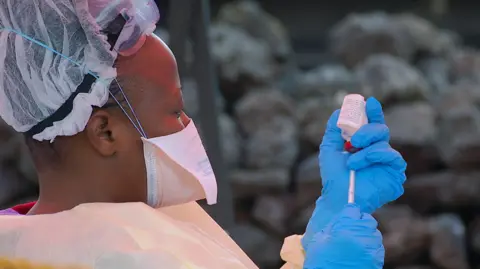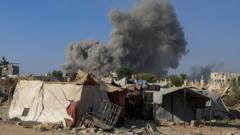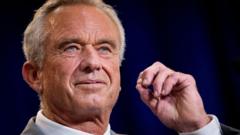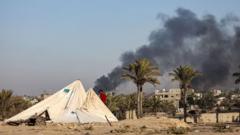The World Health Organization (WHO) has made a pivotal move by finalizing a legally binding treaty aimed at enhancing global preparedness for future pandemics. This landmark agreement comes in response to the widespread disorganization and fierce competition for resources during the Covid-19 pandemic. A key component of the treaty is the commitment to expedite data sharing concerning emerging diseases. This is intended to facilitate quicker collaboration between scientists and pharmaceutical companies for the development of effective treatments and vaccines.
For the first time, the WHO will gain oversight of global supply chains for essential protective gear, such as masks and medical gowns, addressing gaps that were evident during the last health crisis. WHO Director-General Dr. Tedros Adhanom Ghebreyesus hailed the agreement as "a significant milestone," emphasizing the potential for global unity in addressing shared health threats amid the current geopolitical climate.
The treaty's origins trace back to three years of negotiations among member states, culminating in a momentous agreement this week. This treaty represents only the second international agreement of its kind in WHO's 75-year history, the first being established in 2003 for tobacco control.
While the treaty awaits formal adoption at the upcoming World Health Assembly, notable countries such as the United States are not participating in its enforcement due to Trump's previous decision to withdraw from the organization, which will take effect in 2026. Under the new protocol, nations must ensure equitable availability of pandemic-related medications during outbreaks. Manufacturers will be required to allocate 10% of their vaccine production, as well as therapeutics and diagnostics, to the WHO, with an additional 10% made available at affordable prices.
Moreover, the agreement encourages health technology transfers to less affluent nations, contingent upon mutual agreements. This clause aims to bolster the local production of vaccines and treatments, although it has faced contention. Developing countries continue to express frustration over how wealthier nations hoarded vaccines during the previous pandemic, while pharmaceutical companies remain concerned that enforced transfers could hinder ongoing research and innovation.
At the heart of the treaty is the proposed Pathogen Access and Benefit-Sharing System (PABS), which aims to streamline the exchange of critical information among pharmaceutical firms, enhancing their capacity to respond rapidly to emerging health threats. The global community now looks toward the implementation of this ambitious covenants, hopeful for a collective approach to future health challenges.
For the first time, the WHO will gain oversight of global supply chains for essential protective gear, such as masks and medical gowns, addressing gaps that were evident during the last health crisis. WHO Director-General Dr. Tedros Adhanom Ghebreyesus hailed the agreement as "a significant milestone," emphasizing the potential for global unity in addressing shared health threats amid the current geopolitical climate.
The treaty's origins trace back to three years of negotiations among member states, culminating in a momentous agreement this week. This treaty represents only the second international agreement of its kind in WHO's 75-year history, the first being established in 2003 for tobacco control.
While the treaty awaits formal adoption at the upcoming World Health Assembly, notable countries such as the United States are not participating in its enforcement due to Trump's previous decision to withdraw from the organization, which will take effect in 2026. Under the new protocol, nations must ensure equitable availability of pandemic-related medications during outbreaks. Manufacturers will be required to allocate 10% of their vaccine production, as well as therapeutics and diagnostics, to the WHO, with an additional 10% made available at affordable prices.
Moreover, the agreement encourages health technology transfers to less affluent nations, contingent upon mutual agreements. This clause aims to bolster the local production of vaccines and treatments, although it has faced contention. Developing countries continue to express frustration over how wealthier nations hoarded vaccines during the previous pandemic, while pharmaceutical companies remain concerned that enforced transfers could hinder ongoing research and innovation.
At the heart of the treaty is the proposed Pathogen Access and Benefit-Sharing System (PABS), which aims to streamline the exchange of critical information among pharmaceutical firms, enhancing their capacity to respond rapidly to emerging health threats. The global community now looks toward the implementation of this ambitious covenants, hopeful for a collective approach to future health challenges.

